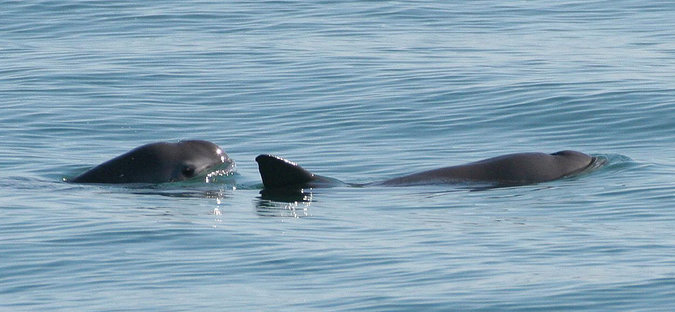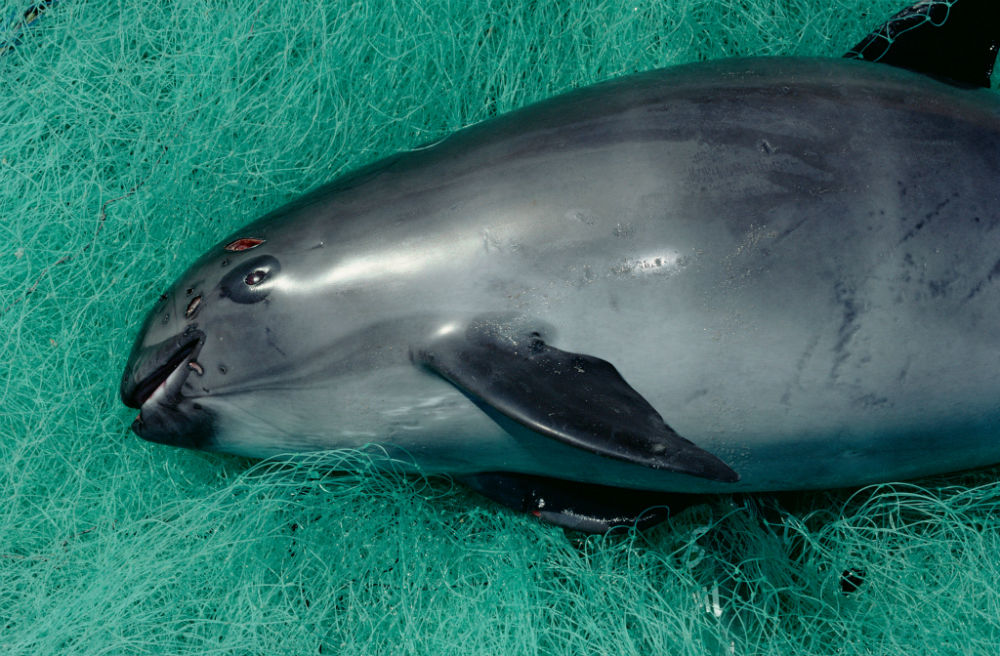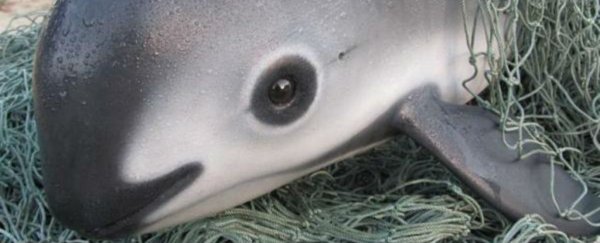Scientists estimate that there are fewer than 30 vaquita porpoises left in the wild, and if serious conservation efforts aren't enacted now, the species could reach extinction by 2018.
If you've never seen one of these creatures before, it's for good reason - these incredibly rare mammals are only found in the upper Gulf of California, and their global population has plummeted by 90 percent in less than six years.
"If we don't do something today, the vaquita could be extinct by 2018," Maria Jose Villanueva, director of strategy and science for WWF Mexico, told the AFP. "Losing it would be like losing a piece of Mexico."
The vaquita (Phocoena sinus) is thought to be the most endangered cetacean (a group of whales, dolphins, and porpoises) in the world - a dubious honour granted to it after the baiji or Chinese river dolphin (Lipotes vexillifer) was declared extinct back in 2007.
Not only are the vaquita (meaning "little cow" in Spanish) the rarest species of cetacean on the planet - they're also the smallest, with females growing to just 140.6 cm (55.4 inches), on average, and males to 134.9 cm (53.1 inches).
The species is so elusive, it was only just discovered in 1958, and its characteristic markings set it apart immediately - as you can see in the image above, its unique face markings include a black ring around each eye, and curved, black lips, which have earned it the nickname 'panda of the sea'.
To be clear, that image is of a Greenpeace model of a juvenile vaquita - the species is so rare, getting a good shot of them is incredibly difficult.
But here's one of couple of individuals in the wild:
 Paula Olson/NOAA
Paula Olson/NOAA
And the real, NSFL version of the Greenpeace model:
 Flip Nicklin/Minden Pictures/WWF
Flip Nicklin/Minden Pictures/WWF
Vaquita have been in at risk for some time now, but their decline of late has been particularly severe. Back in 1997, their numbers were up around 567, but by 2007, researchers estimated that roughly 150 remained.
And now, according to a recent Greenpeace report, we're down to fewer than 30.
Their dwindling numbers seem to be directly related to the rise in pangas - fishing boats that doubled in number in the Gulf of California between 1993 and 2007.
Researchers say that gillnets - long sheets of netting hung vertically in the water to catch fish by the gills as they swim through - are mostly to blame for the dire situation of the vaquita.
Gillnets are vast and indiscriminate in what they catch, accidentally killing around 700,000 marine mammals and birds around the globe each year.
In the Gulf of California, they're illegally set up in the area to catch totoaba - an endangered fish that's roughly the same size as the tiny porpoise - and nets up to 2 km long have been spotted and removed by local conservationists.
Those endangered totoaba are also in a world of trouble - their swim bladders (or maws) are in high demand in China, and The Guardian reports that in certain parts of Guandong, they sell at an average price of around US$15,000 per kilogram.
Undercover investigators have learned that these maws have been dubbed "aquatic cocaine" due to their high demand and price.
According to the AFP, the Mexican government's two-year ban on gillnet use is set to expire in less than two weeks, and local environmental and conservation groups are hoping to launch an emergency plan in September to move the remaining vaquitas to a 'temporary sanctuary'.
"We see it as a desperate measure," said Jorge Rickards, interim director general of WWF Mexico.
"We consider this a high-risk measure because nothing like this has ever been done before."
Only time will tell if the plan actually works, but one thing's for sure - unless the local government cracks down on illegal and indiscriminate fishing practices in the area, what's left of the vaquita will be doomed if they're returned home.
Let's hope something changes, so the panda of the sea can make some headway like its black and white pals on land.
The Greenpeace report is available online here.
